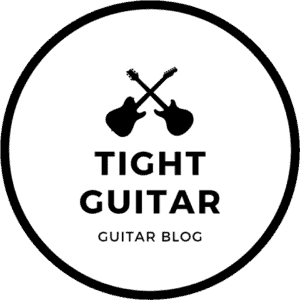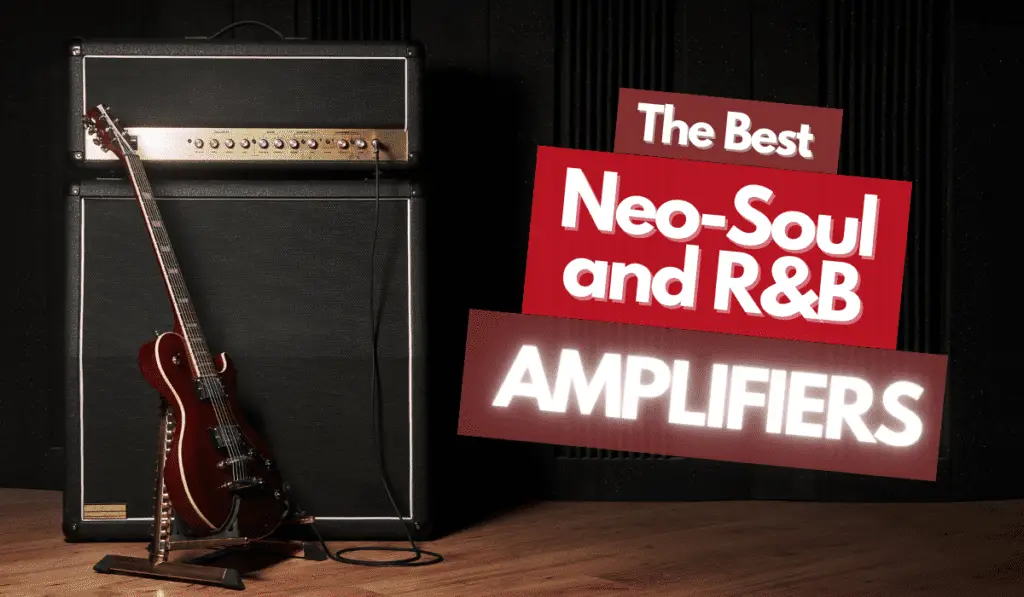
Welcome to our article on the best guitar amplifiers for neo-soul and R&B music! If you’re a fan of smooth, soulful sounds and are looking for the perfect amp settings to enhance your neo-soul or R&B guitar playing, you’ve come to the right place. In this article, we’ll discuss some of the top amp options on the market that are ideal for neo-soul and R&B music, as well as provide examples of the best amp settings for achieving the rich, warm tones characteristic of these genres. Whether you’re searching for the best guitar amp for neo-soul or simply want to fine-tune your amp settings for a more authentic sound, we’ve got you covered. So grab your guitar, and let’s get started!
Important Considerations for Choosing a Neo-Soul or R&B Guitar Amplifier
When shopping for a new amp, it’s important to have a clear idea of what you’re looking for. Some amp brands cater specifically to certain genres like metal or rock, while others offer a more “general” sound (such as Fender or Marshall). As a neo-soul or R&B guitarist, you’ll want an amp that can produce warm, old-school tones that complement your style. In general, a natural-sounding amp with a classic vibe will serve you better than a modern, “colder” sounding one. Keep these factors in mind as you search for the perfect amp to elevate your neo-soul or R&B playing.
Top 5 Recommendations for Neo-Soul Guitar Amplifiers
Marshall DSL40CR

Sound:
If you’re looking for an amp that delivers a classic, warm sound, the Marshall DSL40CR is a top choice. It features a comprehensive EQ section with bass, middle, treble, presence, and resonance knobs, giving you ample control over your tone. The clean channel is especially important for achieving the signature neo-soul sound, and the presence and resonance controls can be particularly useful for transitioning between rhythmic and lead guitar styles. Overall, this amp offers a wealth of options for shaping your unique neo-soul sound.
Handling & Operation:
If you’re a gigging musician, the Marshall DSL40CR is an excellent choice for amplifying your neo-soul sound. With two channels that can be accessed via a foot switch, as well as two gain modes per channel, it’s easy to switch between different parts of a song or solo on the fly. And when it comes to playing in different venues, the amp’s ability to toggle between 20W and 40W modes is a major plus. Whether you’re performing in small bars and restaurants or just jamming at home, this amp has you covered.
Neo-Soul/R&B compatibility:
For a classic, warm sound that’s perfect for neo-soul, consider pairing a Marshall amp with a Fender single-coil guitar. The shimmering tones of a Fender combined with the rich, rounded sound of a Marshall can create a beautiful, vintage-inspired vibe. So if you’re seeking a sound that pays tribute to the past while still feeling fresh and contemporary, this pairing is worth a try.
VOX AC30

Sound:
While it may not be as well-known as some other brands, the Vox amplifier has a storied history and has been used by some of the greatest musicians of all time. From The Beatles and Brian Adams to Queen, U2, and even Jimi Hendrix, these amps have played a vital role in shaping the sound of modern music.
Handling & Operation:
The Vox AC30 is a feature-packed amp that offers a range of tonal options for neo-soul musicians. It boasts a built-in spring reverb and a unique EQ system with separate bass and treble knobs but no middle control. This means that the bass and treble bands will always compensate in the mid-range, allowing you to shape your sound creatively.
For example, turning the bass and treble down will result in a signal with a strong mid-range presence. Whether you’re looking for a warm, smooth sound or something more punchy and defined, the Vox AC30 has the versatility to deliver.
Neo-Soul/R&B compatibility:
While the Vox AC30 shares some characteristics with classic amps like Marshall and Fender, it has a sound of its own that can be especially appealing to neo-soul musicians. With boosted mid-range and treble, this amp has a slightly “biting” tone that can add a warm, shimmering quality to your playing.
Fender Blues Deluxe

Sound:
The Fender Blues Deluxe is a well-known, popular amp that has stood the test of time. With its signature Fender sound, it’s a reliable choice for neo-soul musicians seeking a classic tone. However, compared to some other Fender models, the Blues Deluxe has a slightly feistier sound, especially in the mid and high range.
Handling & Operation:
If you’re a neo-soul musician searching for a dependable, gig-worthy amp, the Fender Blues Deluxe is a solid choice. It’s a popular model that can often be found on stages and is known for its versatility and reliability. While it may not be the most affordable option on the market, you can find a used one at a reasonable price.
Neo-Soul/R&B compatibility:
One of the standout features of the Fender Blues Deluxe is its two different inputs, each with its own gain level. In the context of neo-soul sound, input 2 (which is softer) is particularly useful for bringing out the amp’s warm, “vintagy” sound without adding unnecessary boominess.
Fender Hot Rod Deville 2X12

Sound:
The Fender Blues Junior is a beautifully redesigned tube amp that has become an industry standard. With its shimmering, clean tone, it’s a versatile choice that pairs well with single-coil, humbucker, or P90 pickup guitars.
Handling & Operation:
The Fender Blues Junior is a versatile amp that’s well-suited for gigging and touring. It offers a wide range of gain options that can be easily controlled via a foot-switch, and its solid, stable design makes it a reliable choice for live performances. Though it may be lighter than some other amps, it’s definitely strong enough to hold its own on stage.
Neo-Soul/R&B compatibility:
From a neo-soul perspective, the Fender Blues Junior is a good and useful amp for a number of reasons. Firstly, the “Fendery” glossy sound is a natural fit for the vibe of neo-soul music. Secondly, this amp gives you full control over your guitar sound, allowing you to shape it exactly as you need it.
Fender Twin Reverb

Sound:
The Fender Twin Reverb is a beautiful, classic amp that has stood the test of time. Originally manufactured between 1965 and 1967, the reissued models are just as wonderful. This popular amp has been used by giants like Stevie Ray Vaughn, Steve Howe (Yes), Johnny Marr (Smiths), Jack White, and many more, and its addictive shimmering sound is sure to remain an industry standard for years to come.
Handling & Operation:
The Fender Twin Reverb offers two channels for versatility: “normal” for clean sounds and “vibrato” for a chorus-like effect. Shape your sound to suit your needs with this classic, gentle amp ideal for neo-soul.
Neo-Soul/R&B compatibility:
The Fender Twin Reverb is a perfect choice for a neo-soul guitarist, as its character fits beautifully with this genre. It’s gentler and more versatile than some of the other amps on this list, allowing you to shape your sound in various ways.
Related articles:
Creating the Neo-Soul Sound: Tips for Choosing and Setting Up Your Amplifier
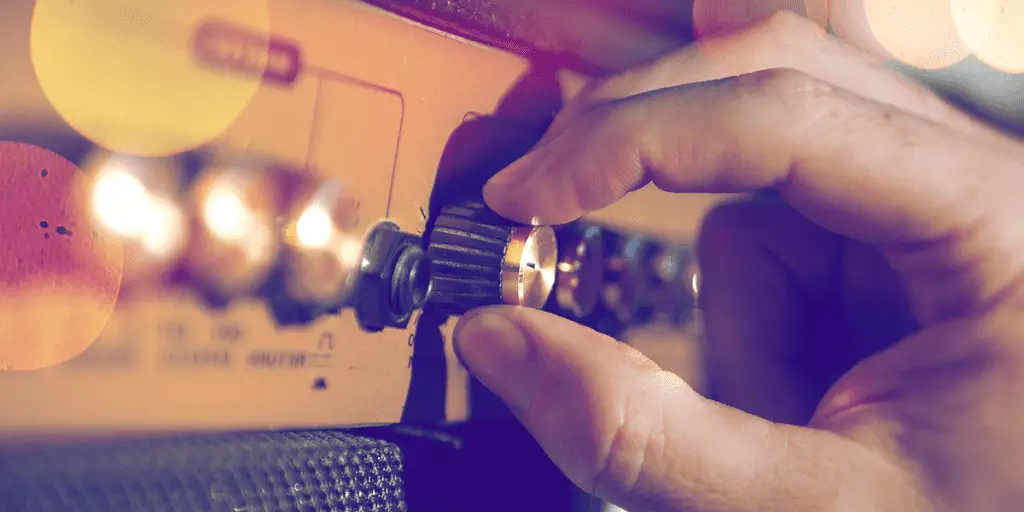
In this section, we’re going to delve into the nuances of neo-soul playing and the concepts behind achieving a neo-soul sound. While it’s not possible to cover every single amp on the market, we can provide you with guidance on how to approach amp selection from a neo-soul perspective. Whether you’re a seasoned musician or just starting out, these tips can help you craft the perfect sound for your music.
As a neo-soul guitarist, you may be called upon to play various roles within a musical composition. These roles may include:
- Slow Neo-Soul Guitar Part: This role involves creating a laid-back, soulful sound that anchors the song.
- R&B guitar playing: This role may involve adding flourishes and accents to the song, using techniques like bends, vibrato, and slides.
- Lead Neo-Soul Guitar: In this role, you’ll be responsible for taking the spotlight and delivering solos that showcase your skills and expressiveness. No matter what role you’re playing, choosing the right amp and settings is important to help you create the perfect sound.”
It’s important to note that the following information is a general assessment of the EQ characteristics of various guitar amplifiers. While these insights may be helpful as you consider your options, it’s ultimately up to you to experiment with your amp settings and find the sound that works best for you. Remember, the actual amp settings are less important than the overall sound concept. With some trial and error, you’ll be able to figure out the best settings for your individual needs.
Slow Neo-Soul Guitar Part
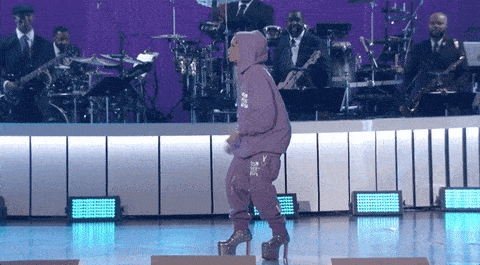
In a typical neo-soul composition, the guitar serves a specific role. In this recording, you can hear a “standard” type of neo-soul guitar part. This type of playing is common in the genre and may sound familiar to fans of the style. As the guitarist, your role is not to carry the harmonic content of the song (which is typically handled by the keyboard player). Instead, your focus is on creating a rhythmic foundation for the music. While you may not be in the spotlight like a lead guitar line, it’s important to be creative and strategic in your playing to make a meaningful contribution to the overall sound.
AMP SETTINGS:
To achieve a smooth, soulful sound for your neo-soul rhythm guitar playing, consider the following amp settings:
Bass: To avoid a boomy sound but still keep a full guitar tone, try settings in the range of 2-5 (depending on the amp).
Middle: To avoid a frontal attacking sound, keep the middle settings low, around 0-4 (depending on the amp).
Treble: To create a shimmering sound that sits well in the mix, try settings in the range of 5-6. By adjusting these settings, you can craft a sound that complements the overall neo-soul aesthetic.
R&B Guitar Style
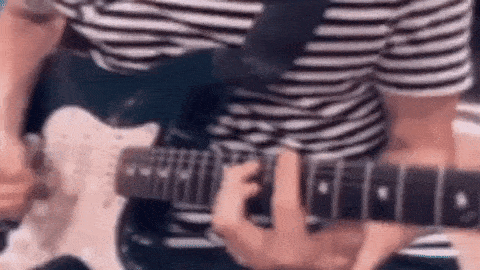
It’s important to note that there are differences between R&B and Neo-Soul, but the lines between these genres can sometimes be blurred. Traditional R&B, which emerged in the 1950s and 60s, includes artists like James Brown, Ray Charles, and Aretha Franklin. Modern R&B, which developed in the 1980s and 90s, has a more contemporary sound and is characterized by artists like Raphael Saadiq. Neo-Soul, on the other hand, is a genre that emerged in the 1990s and combines elements of old R&B, soul, funk, and hip-hop. In general, R&B is more rhythmic and derived from genres like funk and soul, while Neo-Soul is rooted in old R&B and encompasses a wider range of influences.
AMP SETTINGS:
To achieve a punchy, energetic sound for your R&B rhythm guitar playing, consider the following amp settings:
Bass: To keep a thin, punchy guitar tone, try settings in the range of 0-5 (depending on the amp).
Middle: To be present in the mix without a frontal attacking sound, try settings in the range of 2-6 (depending on the amp).
Treble: To cut through the mix and help drive the rhythm, try settings in the range of 6-8 (depending on the amp). By adjusting these settings, you can craft a sound that fits the rhythmic nature of R&B music.
Lead Neo-Soul Guitar
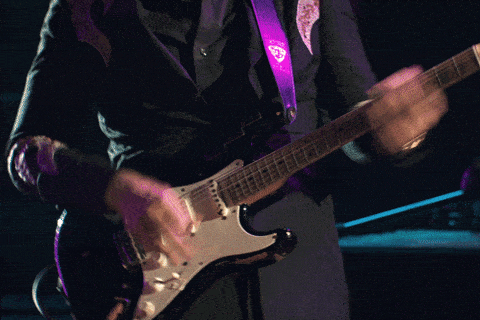
When playing a lead guitar role in Neo-Soul music, you may want to achieve a full-bodied, prominent sound that can stand out in the mix. To create this sound, consider the following amp settings:
AMP SETTINGS:
Bass: To provide a strong foundation for your lead melodies, try settings in the range of 5-8 (depending on the amp).
Middle: To give your guitar presence without being too aggressive, try settings in the range of 4-6 (depending on the amp).
Treble: To add shine and definition to your lead lines, try settings in the range of 5-7 (depending on the amp). By adjusting these settings, you can create a sound that is well-suited to a Neo-Soul lead guitar role.
